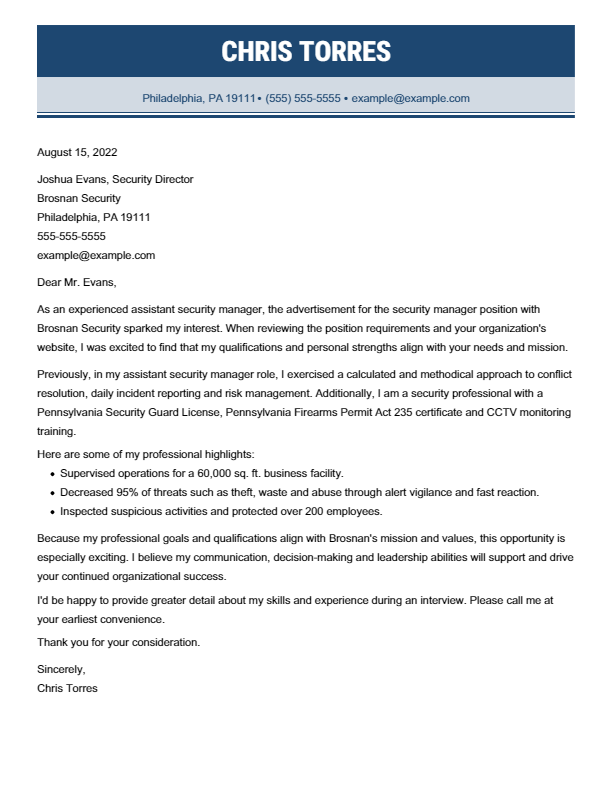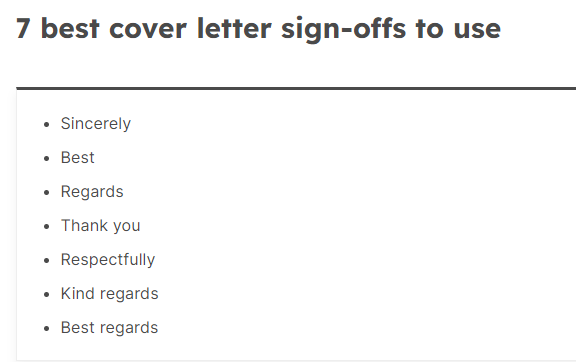Mastering the Art of Crafting a Standout Cover Letter: A Comprehensive Guide
In the vast and competitive landscape of job hunting, where resumes flood in like waves, your cover letter stands as the beacon guiding potential employers to the essence of your professional identity. It's not merely an accompaniment to your resume; it's a narrative, a snapshot that can either captivate or repel. This comprehensive guide of HUFR is your ally in the pursuit of crafting a cover letter that not only captures attention but also leaves a lasting impression on those who hold the key to your next career move.
The Header:
Embarking on the journey of a compelling cover letter requires a strong and well-crafted header. This fundamental segment is more than just a placeholder for your contact information; it's the first impression, the initial chord of your professional symphony. Encompass your name, contact details, and specifics about the company and position you're applying for. If available, include the hiring manager's information for that personalized touch. Consider integrating social media links for a holistic presentation of your professional persona, showcasing a digital extension of your qualifications and achievements.

In the header, precision is paramount. Choose a professional email address that reflects your name or a variation of it. Make your phone number easily accessible, and if you're applying internationally, add the country code. Addressing the company and position not only displays your attention to detail but also underscores your genuine interest in the role. Consider the header as the opening scene of a captivating movie, providing essential details while sparking curiosity. It’s your chance to make a memorable and positive first impression.

The Greeting:
In an era dominated by informal communication, greetings in a cover letter require careful consideration. While it might be tempting to adopt a casual tone, especially in industries that embrace informality, a cover letter demands a balance between professionalism and approachability. Tailor your salutation to match the position and company culture. Whether using a formal "Dear Mr./Mrs. [Last Name]" or a more relaxed "Dear [First Name]," the choice should resonate with your potential employer. If the hiring manager's name is not available, universally accepted greetings like "Dear Hiring Manager" or "To Whom It May Concern" maintain professionalism.
Research the company culture to determine the appropriate tone for your greeting. If the organization leans towards a more informal atmosphere, you can adjust your salutation accordingly. A well-researched and thoughtful salutation sets the stage for a positive reading experience, showcasing your attention to detail and commitment to fitting into the company culture seamlessly.
The Body:
The body of your cover letter is the heart of your narrative, an open door to the interview that shapes the potential employer's first impression, much like a profile picture. Engage your reader from the outset by sharing a success story from your current or previous job. This story should align seamlessly with the company's values and job requirements, creating a bridge between your experience and what the company is seeking. Research is key to setting the appropriate tone. Tailor your content to the specific needs and values of the company. If possible, address the hiring manager directly, showcasing your initiative and attention to detail.
Highlight an obstacle you overcame related to the job description, showcasing not just your skills but also your understanding of the company's challenges and your ability to provide solutions. This not only demonstrates your competency but also indicates that you're not just looking for a job; you're looking to contribute meaningfully to the company's success.
Keep the body concise, aiming for 3-4 paragraphs, each addressing different talking points.
- The first could focus on your fit for the role, emphasizing your skills and experience.
- The second might delve into a professional anecdote that showcases your abilities and achievements.
- The third could pivot towards your future goals, aligning them with the company's mission and vision.
Use this space to demonstrate your understanding of the company's mission, values, and how your skills align with their needs.

The Closing/Postscript:
Maintain the formality expressed at the beginning in your closing. Choose a sign-off like "Best Regards" or "Thank You" that aligns with your overall tone. Optionally, add a postscript for flair, sharing additional information that intrigues the employer. The postscript is your opportunity to leave a memorable last impression, perhaps by expressing additional enthusiasm for the role or subtly referencing a personal connection to the company.
Conclude by re-listing essential contact information under your signature, providing a convenient reference for the employer. This reiteration serves as a subtle reminder of your professionalism and attention to detail.
In the closing, express gratitude for considering your application and convey enthusiasm for the opportunity to discuss your qualifications further. Reiterate your interest in the position and the company, leaving a positive and lasting impression that lingers in the reader's mind as they move on to the next candidate.

Conclusion:
Mastering the art of crafting an impactful cover letter is not just a skill; it's a transformative ability in the competitive job market. A well-structured letter, holding a consistent message, serves as a key to unlocking new opportunities. Armed with confidence and a letter that effectively communicates your professional identity, you embark on a journey where your cover letter becomes a powerful tool in the pursuit of success.
Remember, your cover letter is not just a formality; it's your personal pitch, an opportunity to showcase who you are beyond your resume. Invest time and effort into creating a compelling narrative that sets you apart and propels you towards the career you desire. With the right cover letter, you're not just applying for a job; you're telling your professional story, weaving your experiences and aspirations into a tapestry that captures the attention of those who hold the keys to your next chapter.
Explore More: Is AI a Job Threat or Career Accelerator?
Editor: Nguyen Ngoc Thien Xuan